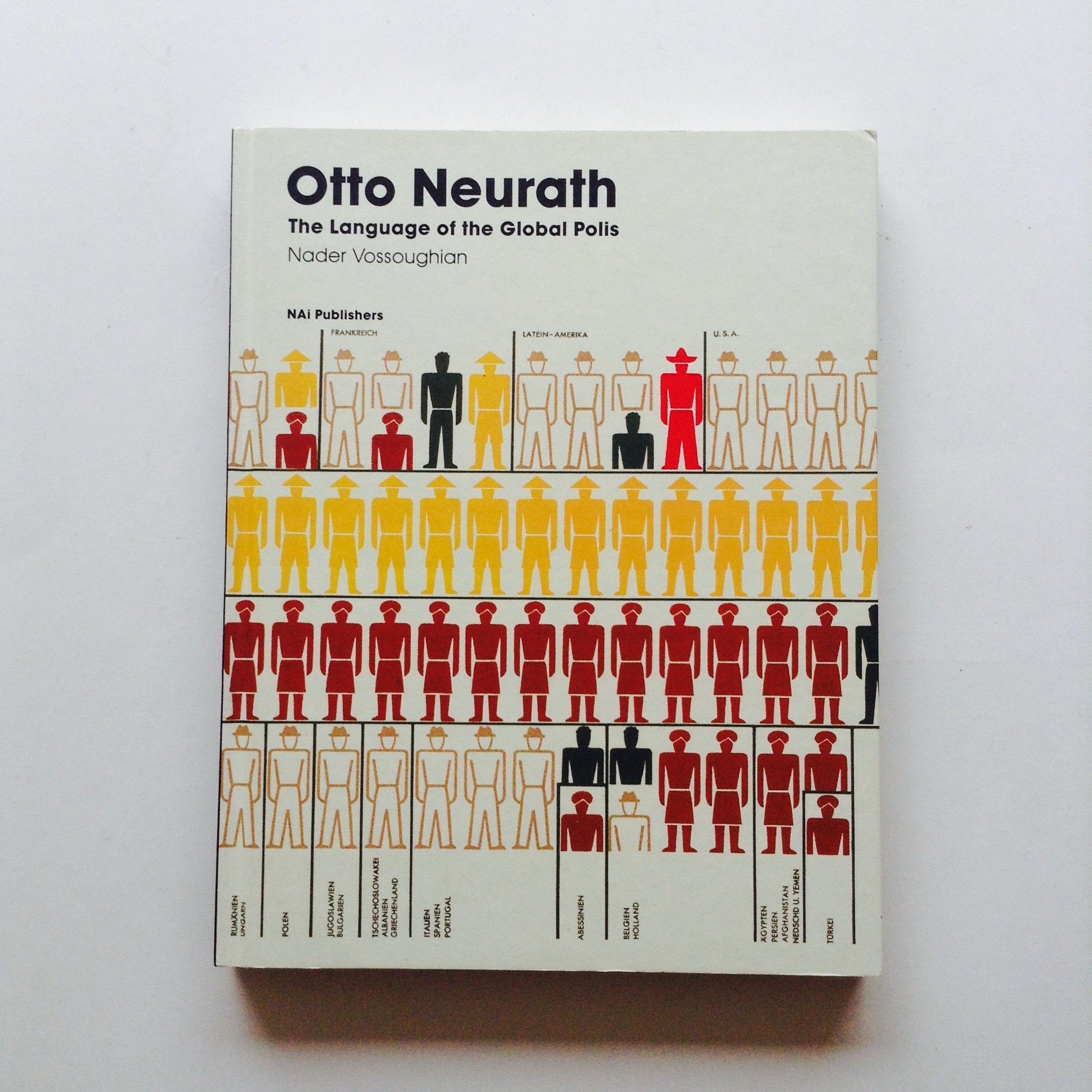 Image 1 of 8
Image 1 of 8

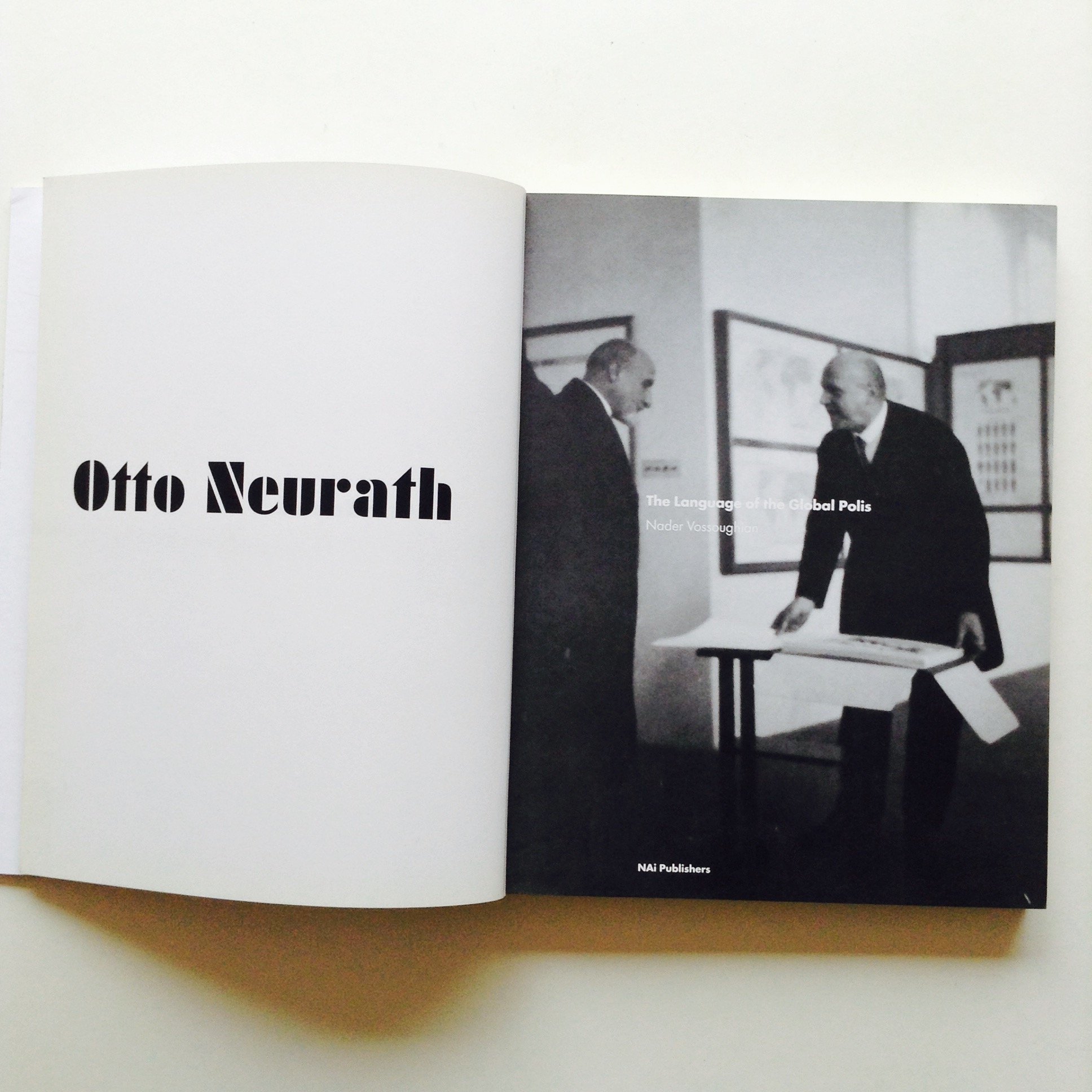 Image 2 of 8
Image 2 of 8

 Image 3 of 8
Image 3 of 8

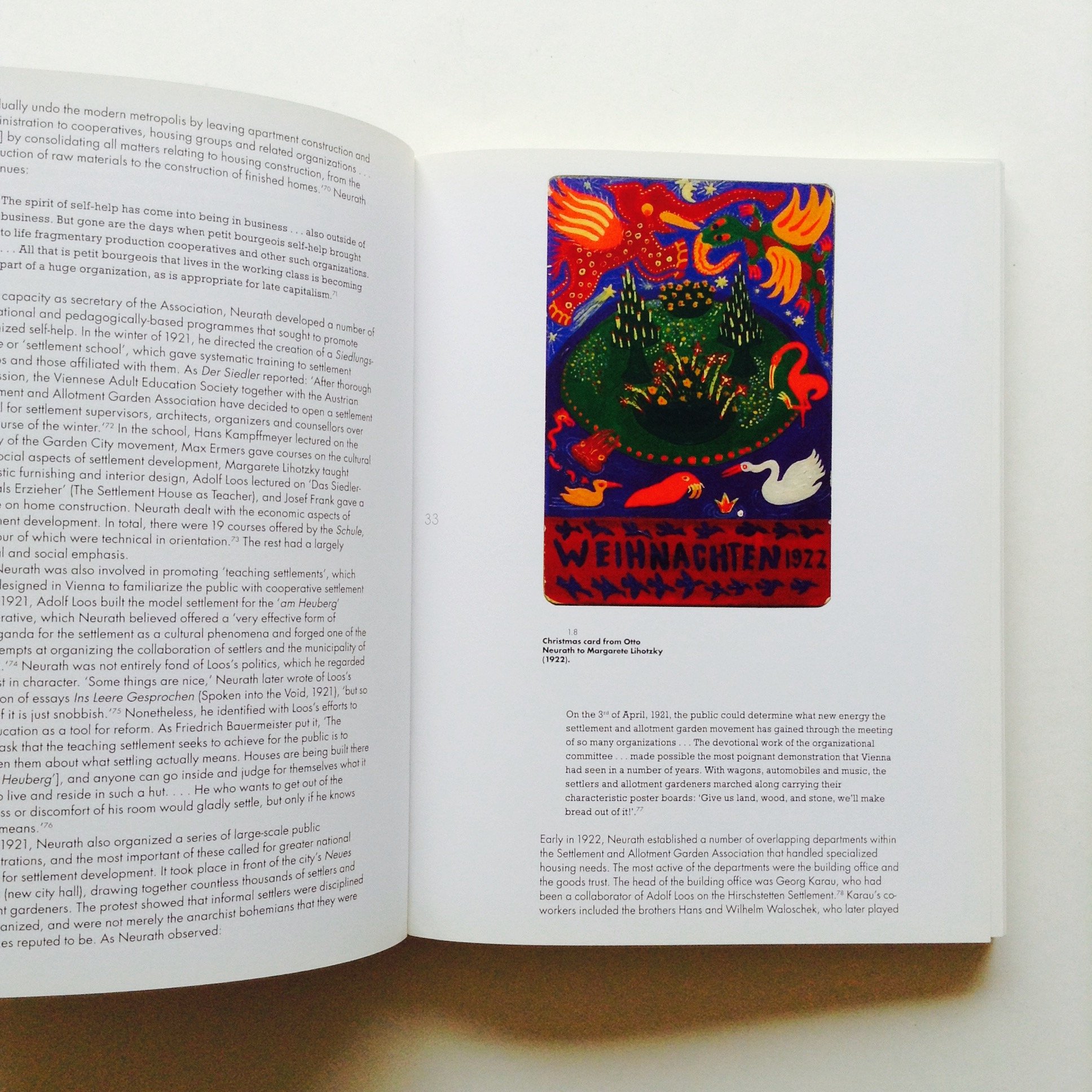 Image 4 of 8
Image 4 of 8

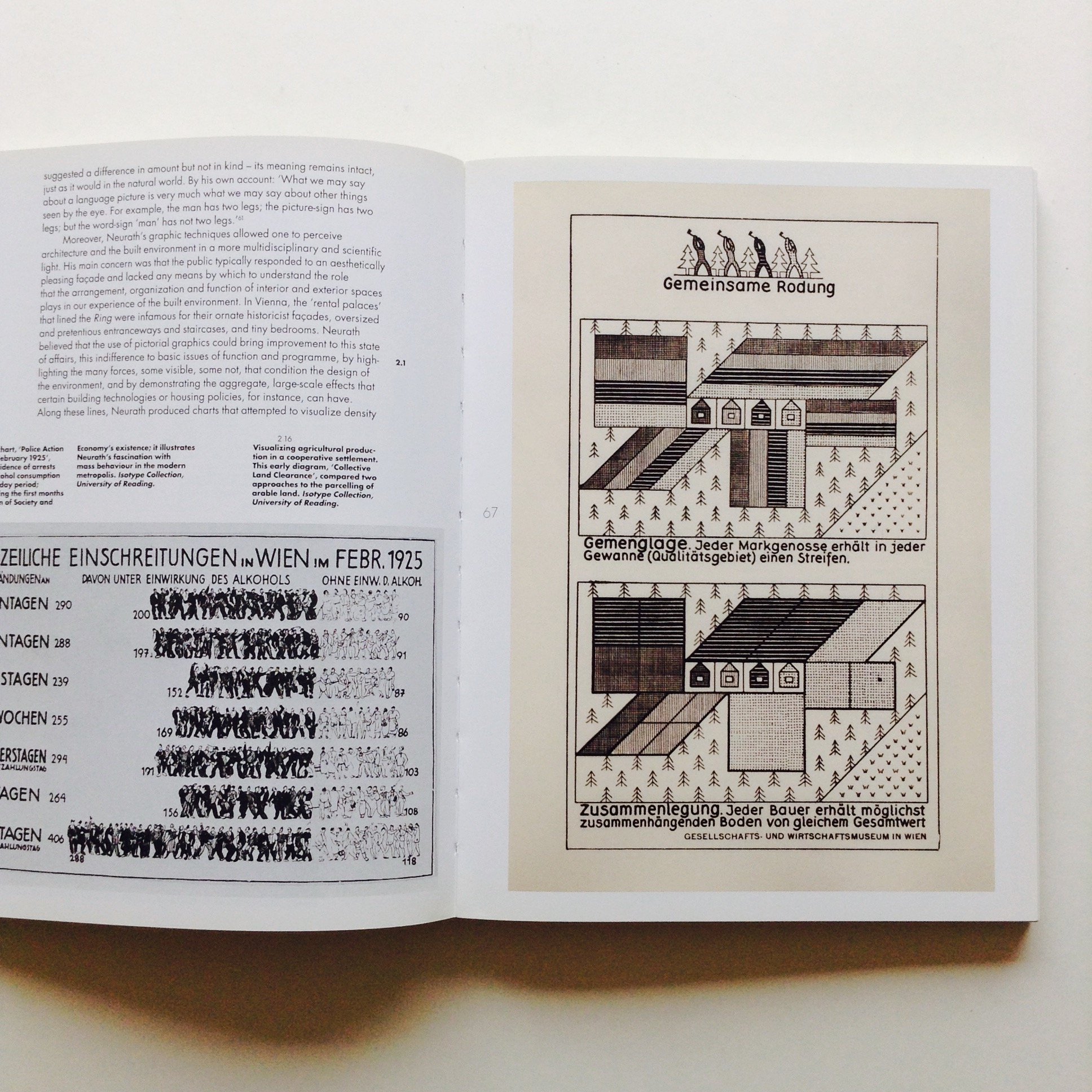 Image 5 of 8
Image 5 of 8

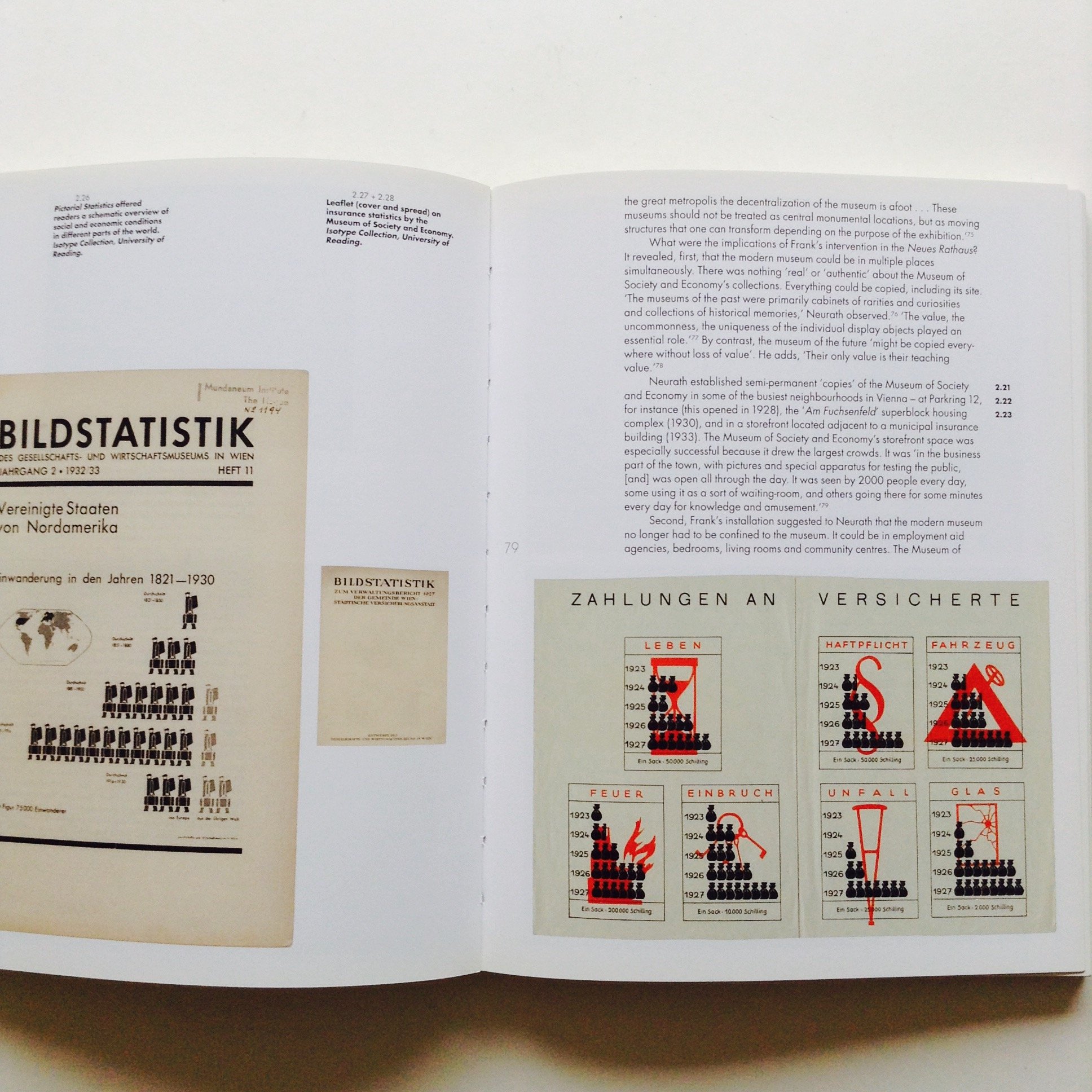 Image 6 of 8
Image 6 of 8

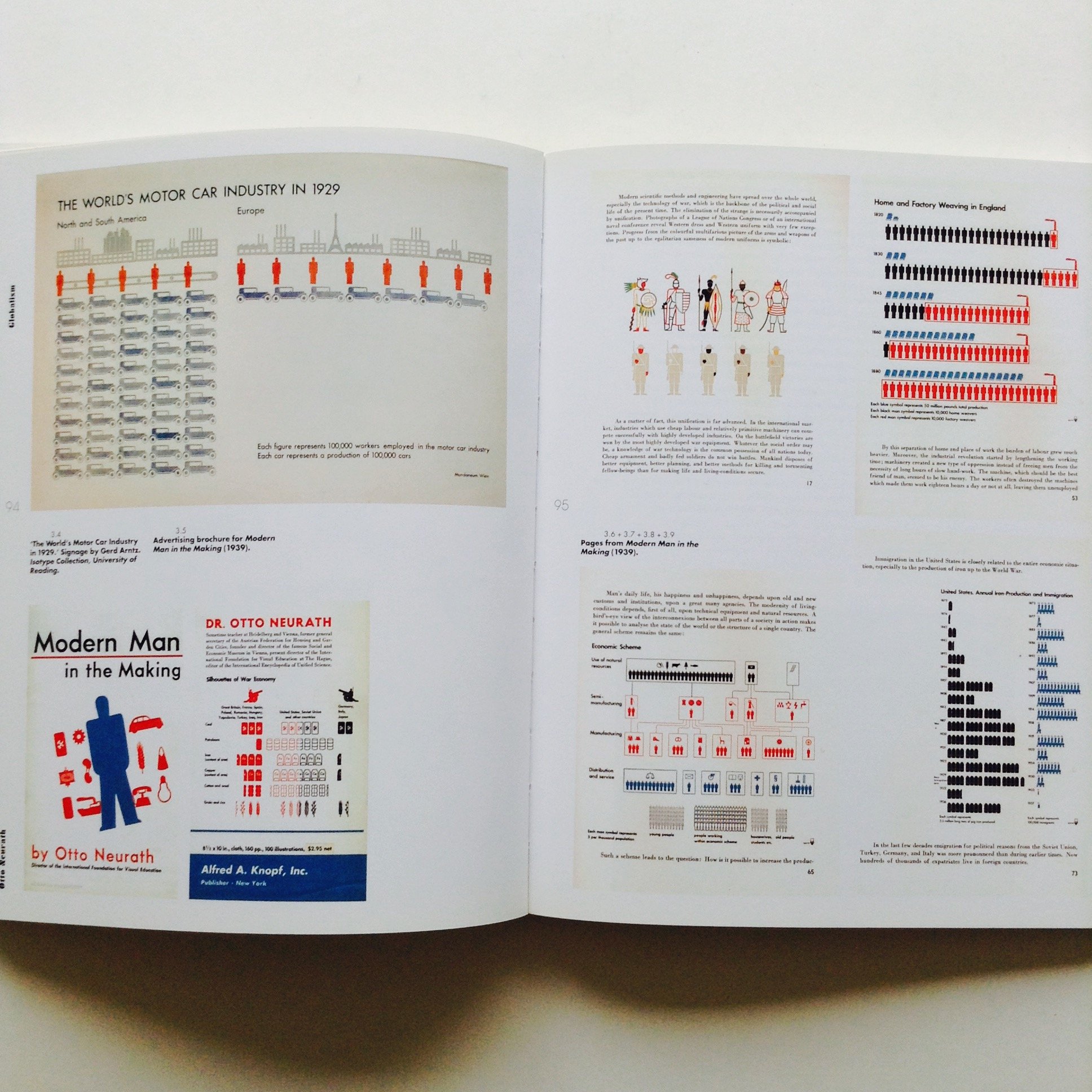 Image 7 of 8
Image 7 of 8

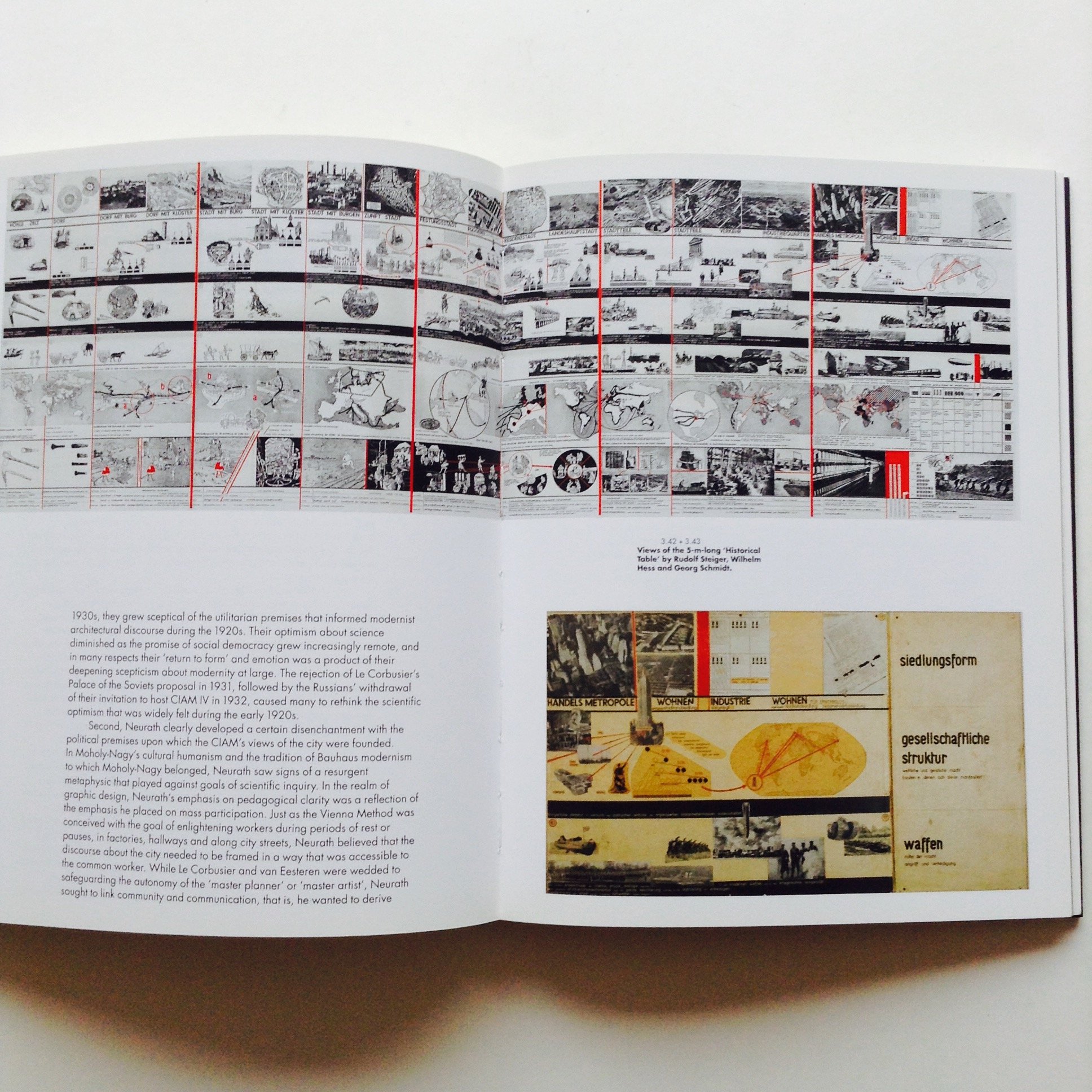 Image 8 of 8
Image 8 of 8









Otto Neurath - The Language of the Global Polis
Otto Neurath - The Language of the Global Polis
Nader Vossoughian
NAI Publishers. 2008
1st Edition Hardback. 176 pp
Austrian sociologist Otto Neurath was a seminal Modernist figure. Much attention has been given to his achievements in the fields of graphic design and philosophy (Neurath was a member of the Vienna Circle, founder of the Museum of Society and Economy, inventor of the ISOTYPE pictorial system and champion of the Unity of Science movement), yet his involvement with urbanism and architecture has been all but ignored. From 1931 onwards, Neurath collaborated with the International Congress of Modern Architecture and its chief exponents - Cornelis van Eesteren, Sigfried Giedion, Le Corbusier and Laszlo Moholy-Nagy - to develop an international language of urban planning and design. More experimentally, throughout the 1930s a fascination with visual media led to an attempt to franchise the Museum of Society and Economy by establishing international satellite museums. This volume contains a text by curator and writer Nader Vossoughian, which offers a fresh perspective on one of the most versatile intellectuals of the twentieth century.
This book traces Neurath's global understanding of the modern metropolis as a 'global polis', representing an idea about collectivity premised on cultural and linguistic universality.
The book first deals with Neurath's engagement with the modern metropolis, then turns to his growing fascination with visual media and the rise of the Vienna Method of Pictorial Statistics, and finally focuses on the project of the global polis and the ways in which Neurath attempted to internationalize the aims of his Museum of Society and Economy through collaborations with CIAM and Otlet, and by establishing satellite museums across the world.
Both scholarly and well written, Vossoughian's text offers a new perspective to one of the most formidable intellectuals of the interwar period, as well as fresh insights in the relation between politics and the polis in the 20th century.
Otto Neurath - The Language of the Global Polis
Nader Vossoughian
NAI Publishers. 2008
1st Edition Hardback. 176 pp
Austrian sociologist Otto Neurath was a seminal Modernist figure. Much attention has been given to his achievements in the fields of graphic design and philosophy (Neurath was a member of the Vienna Circle, founder of the Museum of Society and Economy, inventor of the ISOTYPE pictorial system and champion of the Unity of Science movement), yet his involvement with urbanism and architecture has been all but ignored. From 1931 onwards, Neurath collaborated with the International Congress of Modern Architecture and its chief exponents - Cornelis van Eesteren, Sigfried Giedion, Le Corbusier and Laszlo Moholy-Nagy - to develop an international language of urban planning and design. More experimentally, throughout the 1930s a fascination with visual media led to an attempt to franchise the Museum of Society and Economy by establishing international satellite museums. This volume contains a text by curator and writer Nader Vossoughian, which offers a fresh perspective on one of the most versatile intellectuals of the twentieth century.
This book traces Neurath's global understanding of the modern metropolis as a 'global polis', representing an idea about collectivity premised on cultural and linguistic universality.
The book first deals with Neurath's engagement with the modern metropolis, then turns to his growing fascination with visual media and the rise of the Vienna Method of Pictorial Statistics, and finally focuses on the project of the global polis and the ways in which Neurath attempted to internationalize the aims of his Museum of Society and Economy through collaborations with CIAM and Otlet, and by establishing satellite museums across the world.
Both scholarly and well written, Vossoughian's text offers a new perspective to one of the most formidable intellectuals of the interwar period, as well as fresh insights in the relation between politics and the polis in the 20th century.
